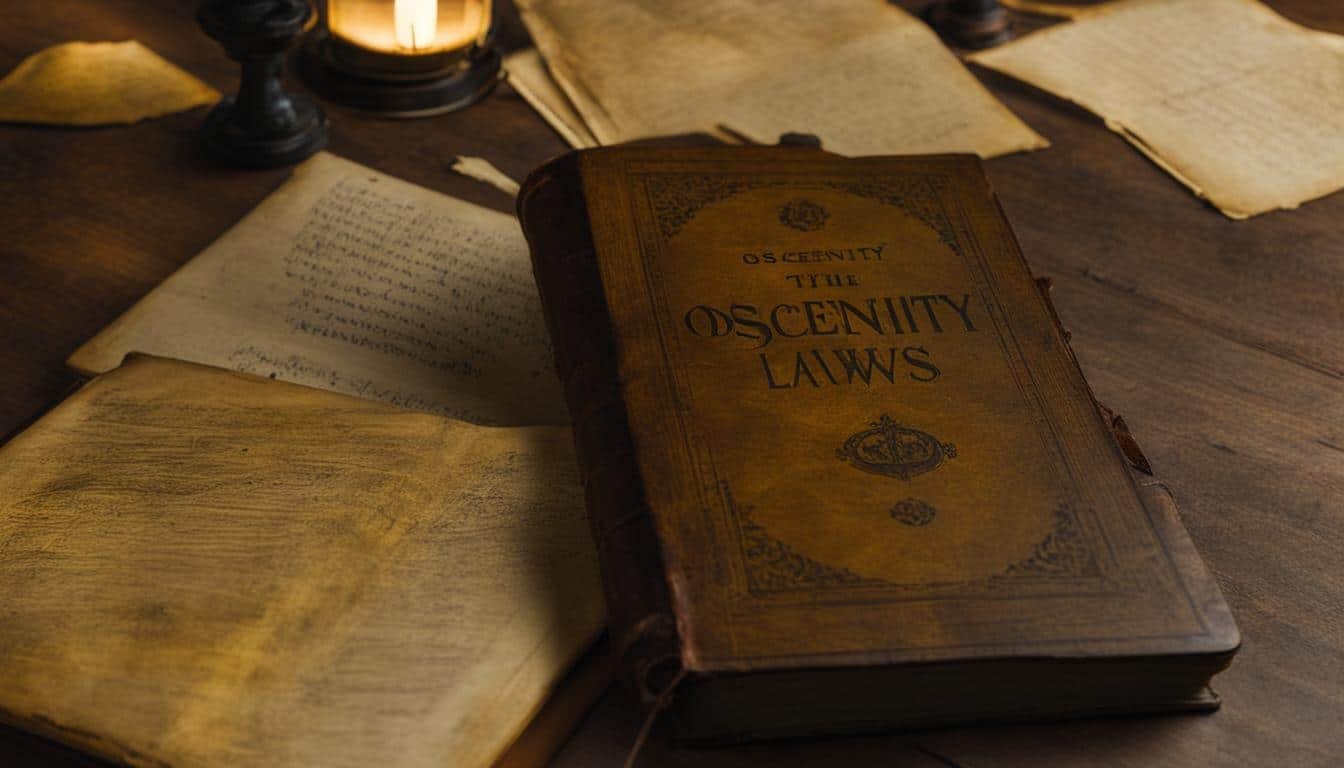Indecency laws, particularly in the context of broadcasting, have long been a topic of discussion when it comes to regulating harmful content on social media platforms. In the United States, while free speech is highly protected under the First Amendment, the regulation of indecency in broadcasting has been carefully considered. The Federal Communications Commission (FCC) and the Supreme Court have recognized that broadcasting indecency is a category of speech that is less protected compared to other forms of communication. Currently, there are no federal restrictions regarding indecency in any other medium.
The FCC defines indecency as material that portrays sexual or excretory organs or activities in a manner that is offensively explicit according to contemporary community standards for the broadcast medium. However, there has been ongoing exploration of creating distinctive categories of speech exclusively for social media platforms, which could allow for more regulation of hate speech and disinformation within the specific context of these platforms.
Key Takeaways:
- Obscenity laws play a crucial role in regulating harmful content on social media platforms.
- Free speech protections in the United States have led to careful consideration of regulating indecency in broadcasting.
- The FCC defines indecency based on its offensiveness to contemporary community standards for the broadcast medium.
- Potential regulation exclusive to social media platforms could help combat hate speech and disinformation.
The Historical Context of Obscenity Laws
The development of obscenity laws and regulations has a rich historical context, with roots in British colonization and the influence of anti-LGBTQIA+ laws. During the era of imperial expansion, British governments imposed laws that shaped the approach to sexuality and gender identity in many countries. These laws varied in their treatment of same-sex sexual acts, with some countries legalizing or criminalizing such acts at different points in history.
In the United Kingdom and the American colonies, same-sex activity was specifically prohibited, often carrying severe penalties including the death penalty. The impact of these laws extended to the regulation of obscenity and lewdness, particularly in the United States. The Comstock Act of 1873 was enacted to restrict the distribution of obscene materials, defining indecency based on its potential to corrupt susceptible readers.
The influence of these laws can be seen in legal challenges and obscenity trials surrounding works like “The Well of Loneliness,” which highlighted the clash between liberal beliefs in free speech and conservative concerns about morality and decency. The historical context of obscenity laws serves as a backdrop for understanding the ongoing debates surrounding the regulation of indecency in modern society.
The Impact of Anti-LGBTQIA+ Laws
| Country | Laws and Punishments |
|---|---|
| United Kingdom | Prohibited same-sex activity with severe penalties, including the death penalty. |
| American colonies | Imposed laws that criminalized same-sex activity, reflecting British influence. |
| Other countries influenced by British colonization | Varied in their treatment of same-sex sexual acts, with some legalizing or criminalizing these acts at different points in history. |
“The historical context of obscenity laws serves as a backdrop for understanding the ongoing debates surrounding the regulation of indecency in modern society.”
The historical development of obscenity laws and their link to anti-LGBTQIA+ laws emphasizes the complex interplay between cultural, societal, and legal factors in shaping attitudes towards indecency. Examining this historical context is crucial for understanding the evolution of these laws and their impact on modern discussions surrounding free speech, censorship, and morality.
The Evolving Landscape of Obscenity Laws
In today’s digital age, the control and regulation of indecency have become increasingly complex due to the ever-evolving landscape of technology. The government’s role in maintaining control over public vs. private mediums has been a topic of ongoing debate and discussion.
When it comes to public mediums like broadcasting, the government has historically asserted its authority due to factors such as the ownership of airwaves and the pervasive nature of these platforms. This has justified a certain level of regulation by organizations like the Federal Communications Commission (FCC). However, the regulation does not extend to private mediums such as cable television and the Internet.
The impact of technology has further complicated the issue. With the rise of social media and online content platforms, the responsibility for filtering and regulating inappropriate content has shifted from the government to individuals. Instead of relying on censorship, individuals are encouraged to use filtering devices or tools to protect themselves and their children from accessing material that may be deemed inappropriate.
As technology continues to advance, the line between public and private mediums becomes blurred, creating new challenges for the regulation of indecency. Striking a balance between government control and individual responsibility remains a key concern in protecting societal values while preserving free speech rights.
Source Links
- https://www.brookings.edu/articles/broadcast-indecency-may-offer-a-path-forward-for-social-media-regulation/
- https://time.com/4700835/sex-and-the-constitution/
- https://www.hrc.utexas.edu/teaching/radclyffe-hall-una-vincenzo-lady-troubridge/transgression/







